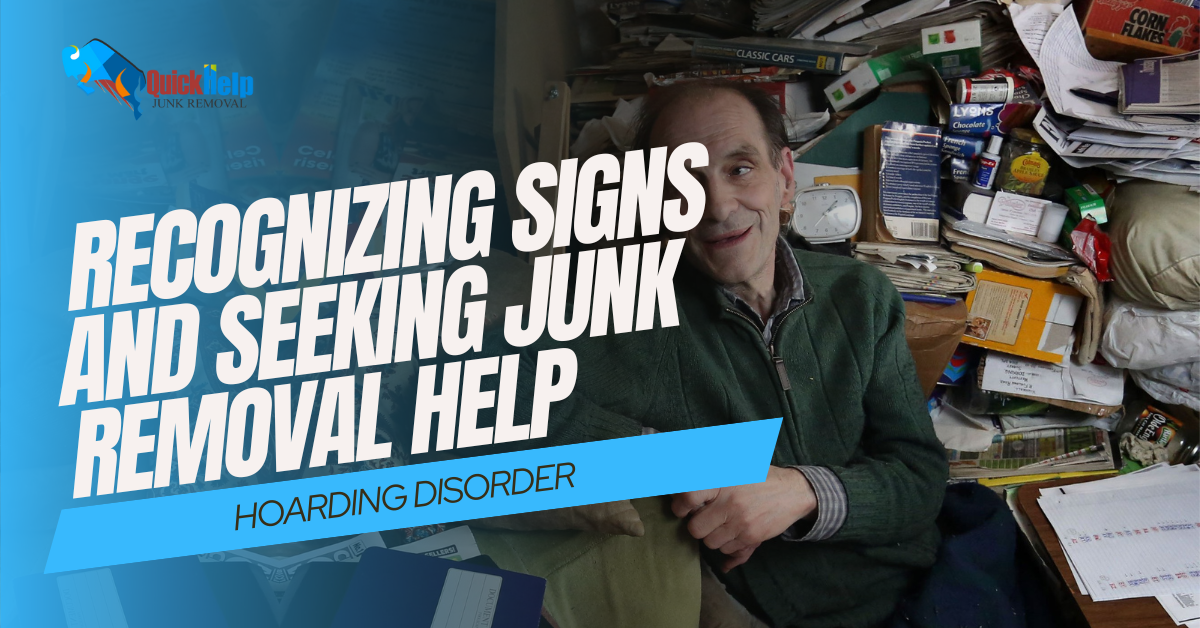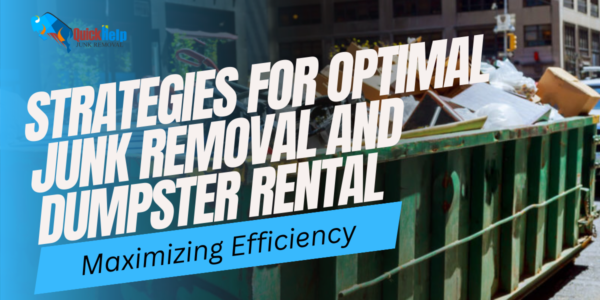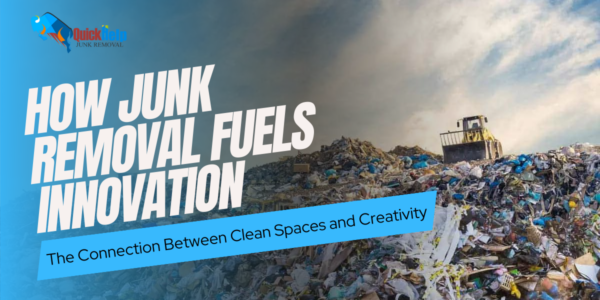Hoarding Disorder in a world where material possessions often hold a significant place in our lives, it’s not uncommon for people to accumulate belongings over time. However, for some individuals, this behavior can escalate into a serious condition known as hoarding disorder. Hoarding disorder is more than just having a messy or cluttered home; it’s a complex mental health issue that requires understanding, compassion, and appropriate intervention. In this article, we will delve deep into the world of hoarding disorder, discussing its signs, impacts, and the crucial role that professional junk removal and dumpster rental companies play in helping individuals regain control of their lives and living spaces.
Understanding Hoarding Disorder
Hoarding disorder is characterized by the excessive accumulation of items, even those with little to no value, to the point where it impairs a person’s ability to use living spaces for their intended purposes. It’s not merely a matter of being disorganized; it’s a condition rooted in anxiety, attachment, and difficulty making decisions about possessions. Those who suffer from hoarding disorder often experience extreme emotional distress at the thought of parting with their belongings. Over time, this behavior can lead to hazardous living conditions, strained relationships, and social isolation.
Recognising the Signs
Identifying hoarding disorder can be challenging, as individuals may go to great lengths to hide their living conditions due to shame or embarrassment. However, there are several signs to watch out for. These include an inability to discard items, even trash; acquiring excessive amounts of items that go unused; extreme difficulty organizing possessions; and an increasing inability to function in living spaces due to clutter. Family members and friends may notice signs of distress, isolation, and avoidance behavior in individuals struggling with hoarding disorder.
The Impacts of Hoarding Disorder
Hoarding disorder doesn’t just affect the physical environment; it also takes a toll on mental and emotional well-being. Living amidst clutter and chaos can lead to heightened stress, anxiety, and depression. The shame associated with the condition can isolate individuals from their loved ones and community, exacerbating feelings of loneliness. Moreover, the structural integrity of the living space can be compromised, leading to fire hazards, pest infestations, and sanitation issues. Recognizing the urgency of addressing hoarding disorder is essential not only for the individual but for their overall quality of life.
The Role of Junk Removal and Dumpster Rental Companies
Professional junk removal and dumpster rental companies play a crucial role in assisting individuals with hoarding disorder on their journey to reclaiming their spaces and lives. These companies offer more than just a clean-up service; they provide a compassionate and understanding approach to a sensitive situation. Trained professionals work closely with individuals, respecting their emotions and limitations while creating a plan to declutter and organize the space. Dumpster rentals offer a practical solution, allowing for a systematic and efficient removal of accumulated items.
The Process of Reclaiming Space
The process of tackling hoarding disorder through junk removal involves several stages. Firstly, establishing trust and open communication is key. Professionals must understand the emotional attachment individuals have to their possessions. Next, a customized plan is developed, breaking down the decluttering process into manageable steps. This could involve categorizing items, deciding what to keep, donate, or dispose of, and gradually working through the space. The pace is set by the individual’s comfort level, ensuring they are part of every decision.
Compassion and Patience: The Cornerstones of Recovery
Recovering from hoarding disorder is a journey that requires compassion and patience from everyone involved. Professionals offering junk removal services are not only there to clear the physical clutter but also to provide emotional support. The process can be emotionally exhausting for the individual, as they confront their fears and anxieties about letting go of possessions. Understanding professionals offer encouragement and reassurance, celebrating every small victory along the way.
Breaking the Stigma and Seeking Help
Breaking the stigma surrounding hoarding disorder is essential for individuals to seek the help they need. It’s important for friends, family, and communities to approach the topic with empathy and understanding, fostering an environment where those affected feel safe to ask for assistance. By seeking help from professional junk removal and dumpster rental companies, individuals are taking a significant step towards reclaiming their living spaces and their lives.
Conclusion
In conclusion, hoarding disorder is a complex condition that requires a multifaceted approach to address. Recognizing the signs, understanding the impacts, and seeking help from compassionate professionals are crucial steps in helping individuals regain control and improve their overall well-being. By shedding light on this topic and offering practical solutions, we can contribute to a more empathetic and supportive society where individuals struggling with hoarding disorder find the assistance and understanding they deserve.




